Red dot optics have become so popular that some manufacturers (like S&W with their CORE series) are making versions of their firearms with slides milled straight from the factory ready to accept red dot optics. But do these devices really help, and just how much of an advantage do they offer in a defensive scenario?
To answer this question, I decided to do a simple test of my speed an accuracy comparing my performance with my red dot equipped M&P 9C and my performance with a SIG P320 Compact. For my simple test I decided to use the “time in drill” from Tactical Defense Institute – using a timer, from a low-ready place three shots on three steel plates, from a distance of 10 yards/30 feet. If you’ve never attended a class at TDI (and I recommend you do…), for many of their pistol related classes, they start and finish the day with this time in drill. Typically, it’s done at a bit shorter distance (around 20 feet) and the steel targets TDI uses are a bit larger than the ones at the club where I shoot. A good performance measure to work toward on this drill is to hit all your targets in two seconds. First up I tried using my SIG P320 Compact for the drill.
To time myself, I set up my Apple iPad Pro on a table next to my shooting position, and used the free “Shot Timer” app from Innovative Applications. The app works much like a standard, stand-alone shot timer device – the app will “beep” to begin, and record the elapsed time it takes to make the first shot, as well as the time between all three shots (average).
In my first string, I went deliberately slow and made sure I hit each target:
Not bad – less than a second over the target time of two seconds. I continued and tried to improve my speed:
Some modest reduction off the total time. However I did have a couple of strings where I did not hit all three plates before I got the one above with positive hits on all three plates. As I continued (shooting two 15 round magazines worth of ammo), here’s the best string I could muster:
The “First Shot” time for all three of these strings really tells the entire story. My time on this metric really never improved (and actually got .02 seconds worse on the last string). This fact forced to have to try and move faster on shots two and three to get improvement in my overall time (which I did) and in so doing caused me to have more missed plates. Clearly it’s taking me too long to get site alignment on my first shot – 1.5 seconds for the first shot from a low ready is really too slow.
Next I transitioned to my M&P 9C with a red dot and shot two magazines worth through that gun.
Immediate improvement on my times were observed:
The 1.93 Total Time and a 1.01 First Shot is pretty close to where I normally shoot from a low-ready position. When I do the same drill drawing from a holster, I’m normally only about a half second slower overall. The relative times don’t tell the entire story however. Shooting my M&P with the optic, nearly every string I shot had positive hits on all three steel plates. Using my SIG with standard iron sites, I had several strings where I missed one, sometimes two plates. So what are the take-aways for me from this little exercise?
- Unquestionably I shoot both faster and more accurately with a red dot optic than with traditional irons sites.
- I need to improve my performance with iron sites. 1.5 seconds from a low-ready isn’t horrible…but it needs to be closer to 1 second. Undoubtedly part of the reason it’s slower is because I train more with an optic than I do with iron sites.
But a red dot optic is an inherently faster system for target acquisition, not only for myself, but for most of the students I train with. Will this be the case for everyone? No – no sighting system will. But from my experience most people will shoot faster and more accurately with a red dot optic than with traditional iron sites.
If you spend any amount of time on firearms related discussion forums, you’ll probably see this topic debated. Here’s some of the typical reasons given as to why red dot optics aren’t a good choice for a defensive gun:
- What happens if the sight fails, gets broken, or even gets dirty? Your screwed! Red dot optics are evil! First of all, any defensive hand gun I’ve ever seen has back up iron sites (BUIS) installed to use as a secondary option. A red dot optic is an electronic device that can fail at the most inopportune time. BUIS would work well if, say, the battery had run out on your optic and you needed to take a shot. The naysayers however point out that if the glass on the optic gets cracked, dirty, or otherwise obscured, then your BUIS are “useless.” What I find amusing is these same guys making this argument are running around with the stock plastic sites on their Glocks which are EXTREMELY prone to break. If that glass becomes black, then you can’t see through it. In any other situation, the view may be obscured, but hardly unusable. It’s acceptable risk IMHO – iron sites can and do fail to. No option is risk free.
- At the range in which most CCW/defensive shootings happen, you won’t look through the sites anyway – you’ll just point and shoot. Depending on your level of and the manner in which you train, this may well be true. In many respects, the person making this kind of argument seems to be saying that it won’t matter what kind of sites you have on your defensive handgun. To this I say I have no way of knowing what that distance will be. I sacrifice nothing with my red dot at closer ranges, and gain significantly at further distances.
- Why would I want to add all that extra weight/bulk to a firearm I carry everyday? Ask anyone that either has, or has actually used a firearm with a red dot about this and they will tell you the weight that is added to the firearm is negligible – you simply don’t notice it. Perhaps the fact that in most cases material is removed from the slide to recess the optic helps in this regard. As far as bulk, again very little is added. I don’t even need a special holster for my optic mounted firearms and they don’t print any worse than any other firearm I have.
I for one am REALLY hoping that SIG Sauer will bring their ROMEO1 X-Change Kit for the P320 line to the market soon. Rumor has it (well, if you consider talking to a SIG customer service rep) that SIG will soon offer one of their “X-Change Kits” for the P320 pistols which will include a SIG ROMEO1 site mounted onto a slide (which has been milled from the factory to accept the site). This would be FANTASTIC because 1)SIG could likely do this cheaper than the cost of buying an optic separately and sending your slide off to a gun smith or machinist to have the slide milled, 2)you would wouldn’t have to send your gun in and be without it while the milling work is being done, and 3)you would have TWO slides for your gun, one with the ROMEO1 on it, and another with traditional iron sites (as originally purchased. So you could go back and forth between the two. The closest we’ve seen to a manufacturer providing this sort of option is as previously mentioned S&W with their CORE series. Unfortunately, S&W has yet to make a CORE option for any other M&P than full size models. My understanding is that SIG will make the ROMEO1 X-Change Kits available for both the P320 full size and Compact models.

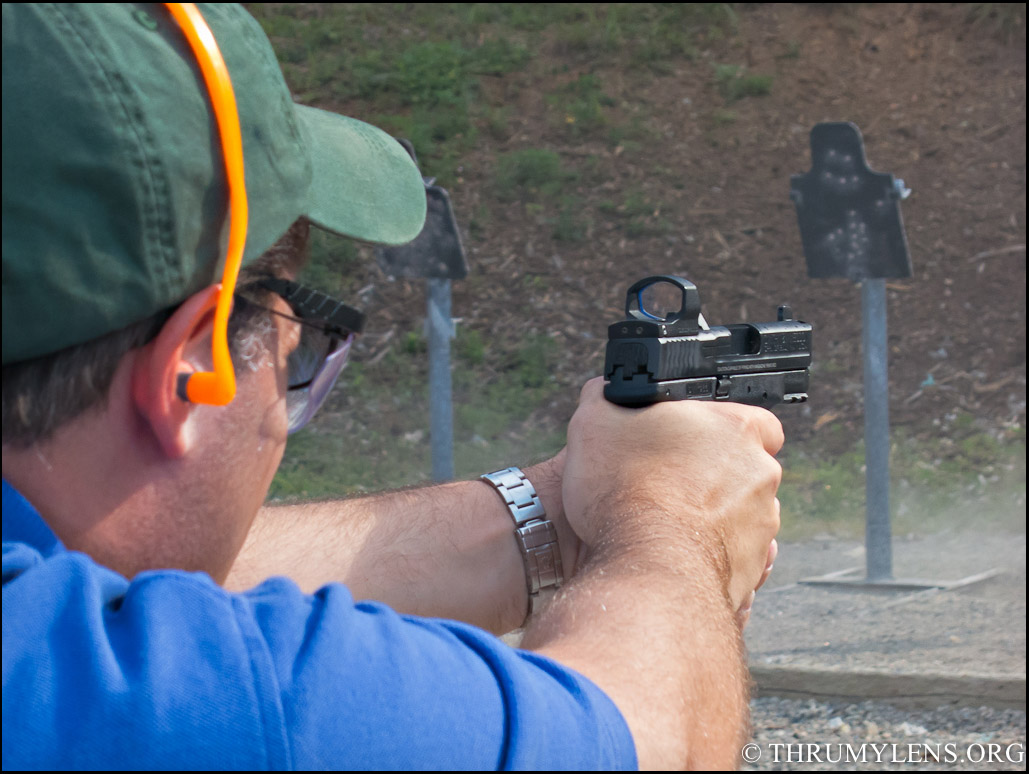
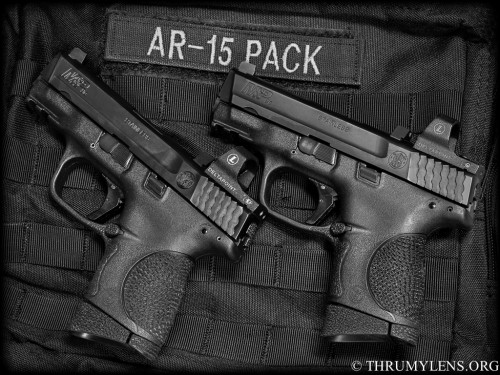
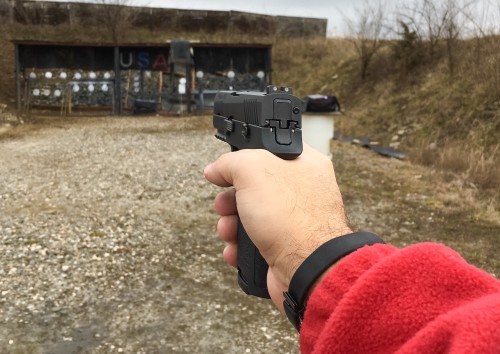
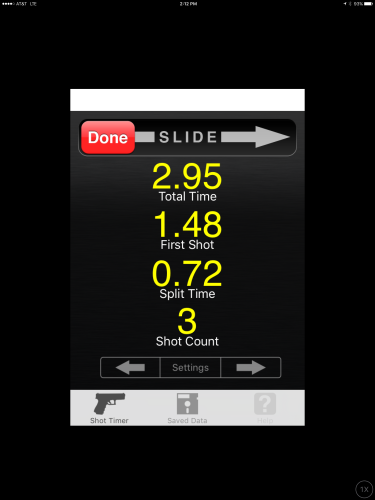
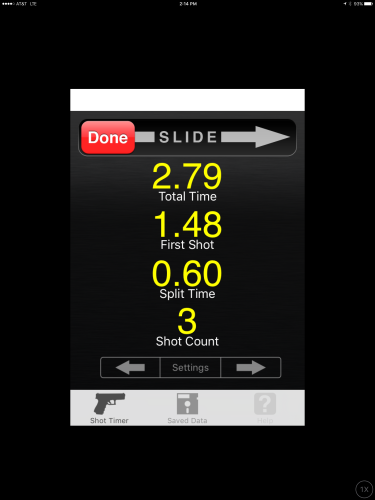
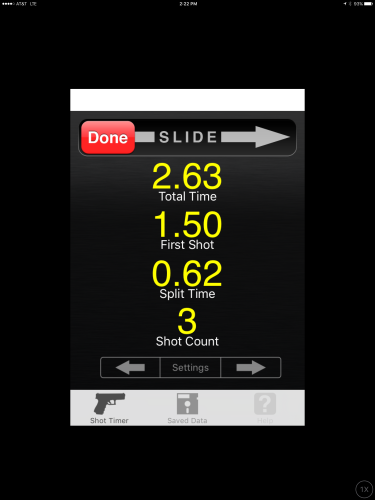
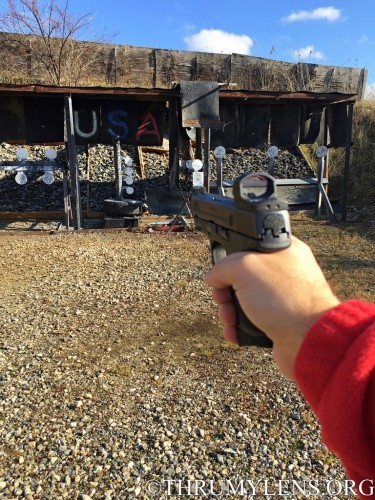
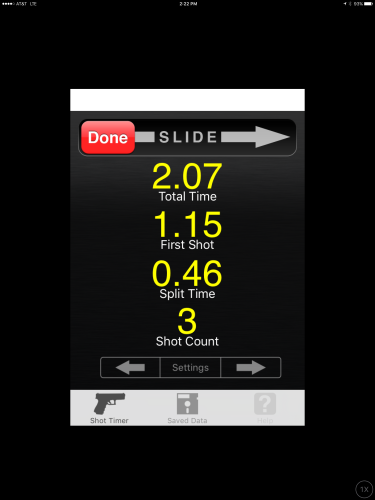
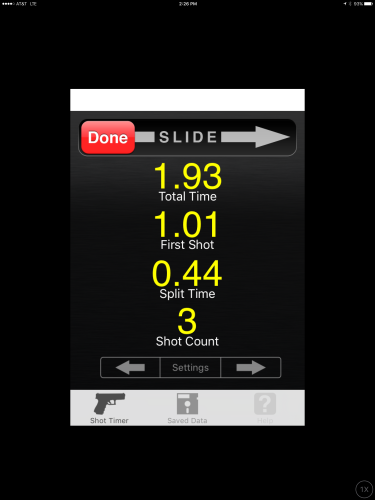
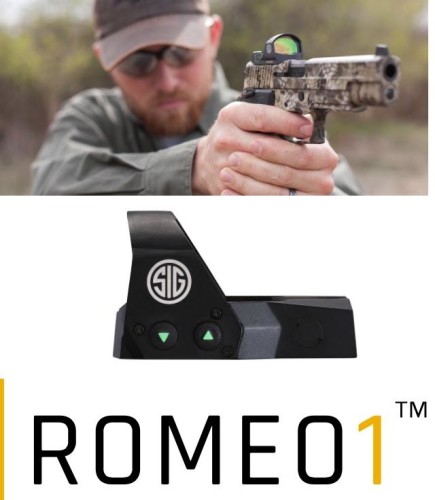
0 Comments
Trackbacks/Pingbacks